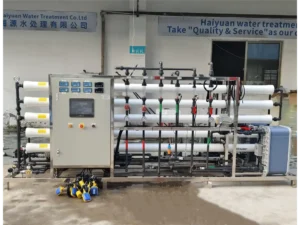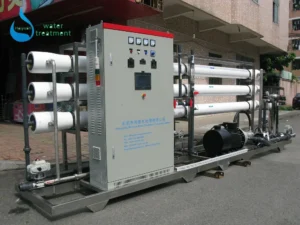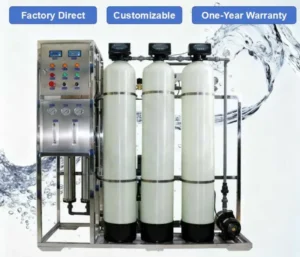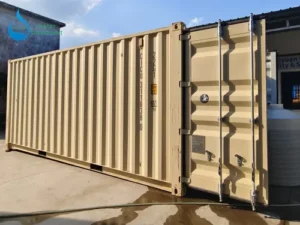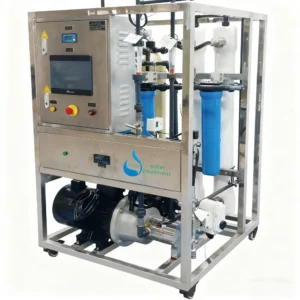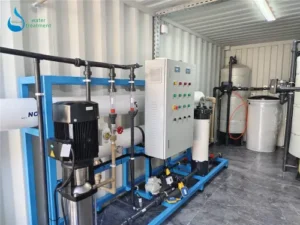Water Cleaning System: Technological Approaches and Functional Efficiency
1. About the Water Cleaning System
A water cleaning system operates on the principle of multistage purification. It generally combines mechanical filtration, adsorption, ion exchange, and membrane separation technologies. Through these sequential processes, turbidity is reduced, dissolved ions are eliminated, and pathogenic microorganisms are inactivated. Moreover, the configuration and scale of each system vary depending on water quality, capacity requirements, and end-use specifications. As a result, the system can be tailored to achieve both efficiency and stability across different applications.
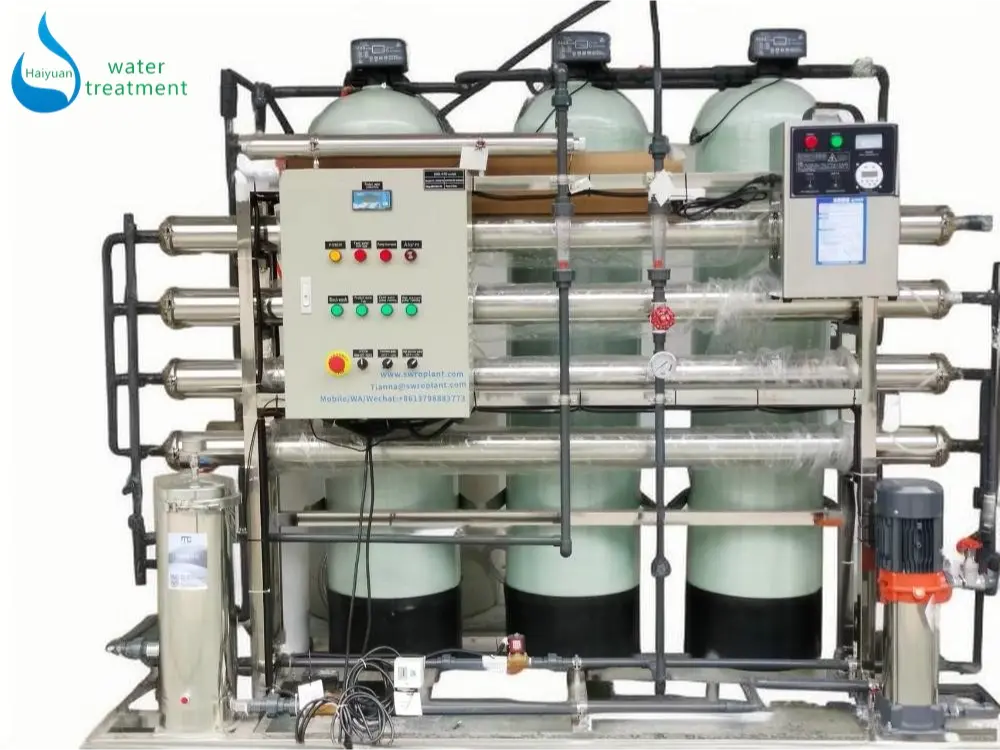
2. Reverse Osmosis Technology in the Water Treatment System
Among various purification techniques, the water reverse osmosis system plays a central role in achieving high levels of desalination and purification. Specifically, reverse osmosis (RO) employs a semi-permeable membrane that allows water molecules to pass while rejecting ions, organic substances, and suspended particles. Therefore, the process typically achieves a rejection rate exceeding 98%, making it one of the most effective solutions for both brackish and seawater treatment.
Furthermore, RO-based water purification systems are characterized by low energy consumption when compared with thermal desalination methods. In addition, they offer scalability for municipal and industrial applications, ensuring adaptability to diverse environmental and operational conditions.
3. Water Cleaning System Configuration and Process Flow
A complete water cleaning system typically includes the following process flow:
Raw water tank → Raw water pump → Sand filter → Activated carbon filter → Softener filter → Precision filter → High-pressure pump → RO system → Produced water tank
Initially, the pretreatment units—such as multimedia and activated carbon filters—remove suspended solids and chlorine. Subsequently, chemical dosing systems are used to prevent membrane fouling and extend operational lifespan. Then, high-pressure pumps provide the necessary driving force for the RO process. Next, membrane modules perform the separation of dissolved solids. Finally, post-treatment units, including UV sterilization and mineral adjustment, ensure final water quality stability.
Consequently, this integrated process guarantees consistent water purity while minimizing operational disruptions and maintenance requirements.

4. Benefits of Using a Water Cleaning System
First, the system provides high purity, removing up to 99% of total dissolved solids (TDS) and contaminants.
Second, it offers cost efficiency, as it reduces dependence on bottled water and frequent filter replacements.
Third, it is environmentally friendly, minimizing wastewater discharge and promoting sustainable resource utilization.
Finally, its customizable design allows production capacities from 100 LPH to 100 m³/h, meeting residential, commercial, and industrial demands.
Moreover, modern water treatment systems are available in containerized or mobile configurations, enabling rapid deployment and easy transportation. Therefore, such systems are ideal for remote regions, construction sites, or emergency relief operations.
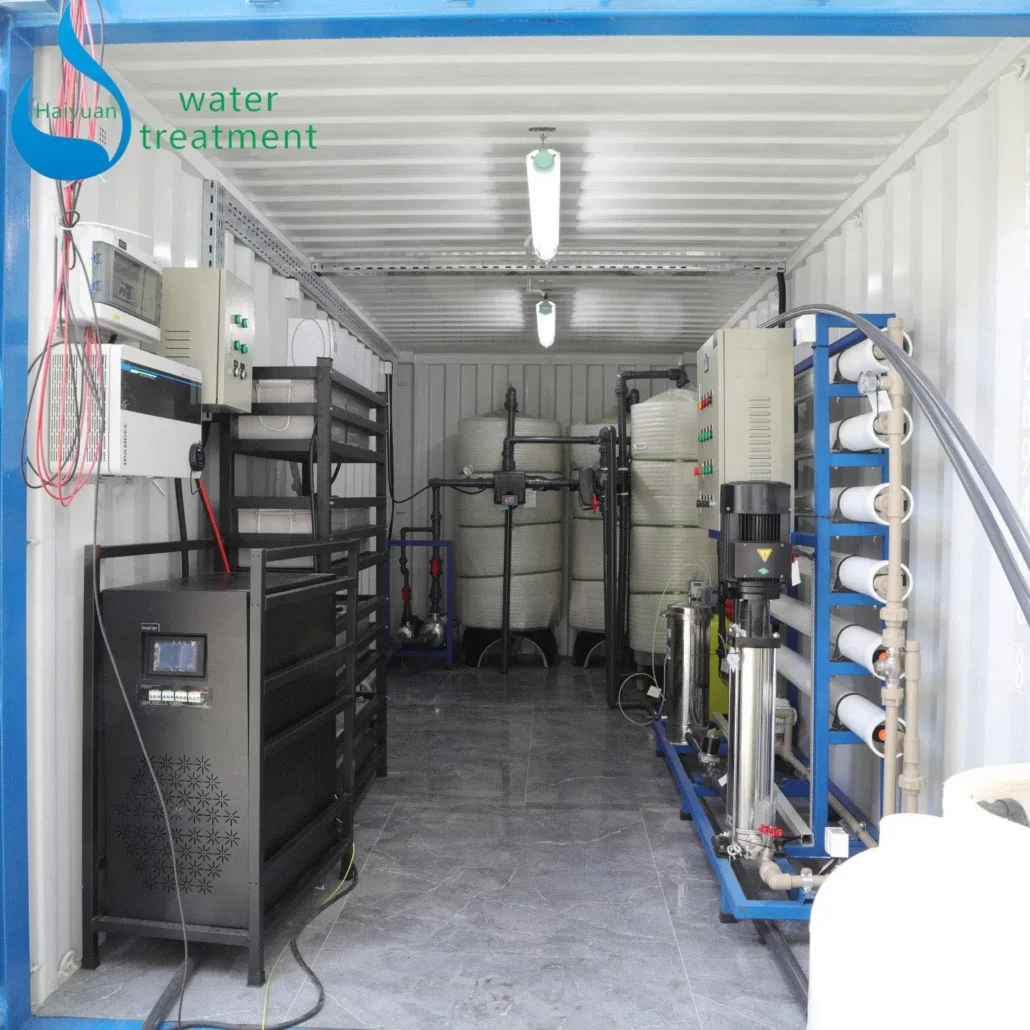
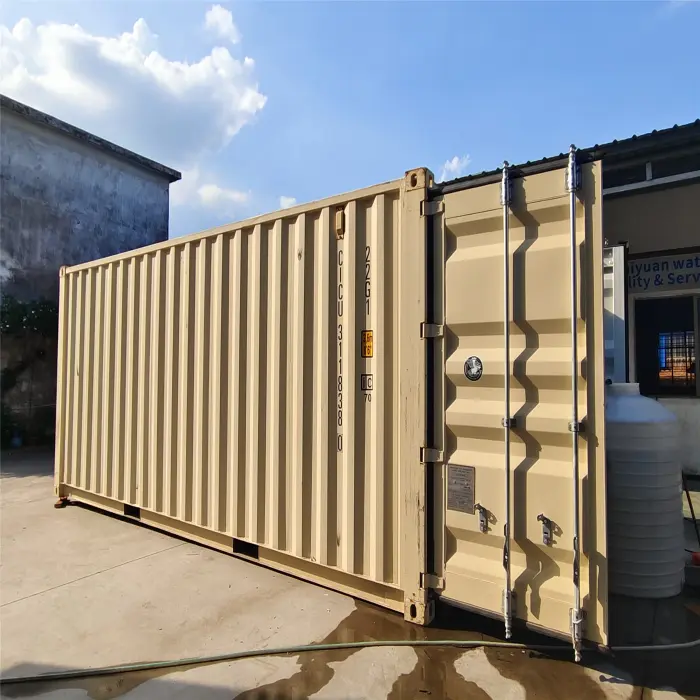
5. Applications of Water Purification Systems
A water purification system can be applied across multiple sectors. For instance, it is used in municipal water supply, food and beverage production, pharmaceutical and electronics manufacturing, agriculture and irrigation, and seawater desalination projects.
Thus, these systems ensure that every drop of water meets strict quality standards—whether for drinking, industrial use, or laboratory applications. In this way, they contribute significantly to global health and environmental sustainability.
6. Information Required for System Selection
To determine the most suitable water cleaning system for your application, please prepare the following information:
-
Product water flow rate: Specify in m³/h, m³/day, L/h, GPM, or GPD.
-
Product water purpose: Indicate whether the treated water will be used for drinking, irrigation, industrial processes, or other applications.
-
Feed water TDS (Total Dissolved Solids): Provide the TDS level and identify the source of raw water (borehole, brackish water, lake water, or seawater).
-
Power supply: Specify the available voltage and frequency (e.g., 110V / 220V / 380V / 415V / 460V, 50 or 60 Hz, three-phase).
-
Water analysis report: A detailed water quality analysis is required for borehole, lake, or seawater sources.
-
Tap water exception: If the feed water is municipal tap water, TDS or a water analysis report is not required.
After receiving this information, our engineering team will evaluate your water characteristics and operational needs. Consequently, we will design and recommend the most efficient water treatment system with complete technical specifications.
7. Contact Us
For further consultation and customized water cleaning system design, please contact us directly. Our team of engineers will analyze your water source, capacity requirements, and application goals to provide an optimized water purification solution.
📩 Email: haiyuan@swroplant.com
📞 WhatsApp / WeChat: +86-18825874379
In conclusion, investing in a reliable water cleaning system ensures not only water purity but also long-term environmental and economic sustainability.

